
views
Responding to the Default Judgment

Identify reasons to set aside the default judgment. It is difficult to get a default judgment set aside. Unfortunately, a judge will agree to set aside the judgment only in limited circumstances and only if you have a valid reason. Read your Rules of Civil Procedure to find the grounds for setting aside the judgment. For example, the following are strong reasons for seeking relief from a default judgment: You weren’t given proper notice. The notice might have been delivered to an old address, or it might never have been given to you properly. The default judgment was entered too early. If the judgment was entered before the deadline for responding to the complaint, then the judgment is void. You didn’t respond because of excusable neglect or inadvertence. This doesn’t mean you were too busy to respond or that you are so disorganized that you forgot you were being sued. Instead, you must have a legitimate reason, such as being too ill to respond to the lawsuit. Also, you might have relied on inaccurate information given to you by court personnel. The judgment has been satisfied, released, or discharged. For example, you might have paid off the debt that is the subject of the lawsuit.

Gather supporting documents. A judge wants to see proof that you have a valid reason for not responding to the lawsuit in time. This means getting evidence that supports your argument, which will depend on your reason for neglecting to respond. For example, you might need to present the following: If you were sick or disabled, then get your doctor’s records and an affidavit from the doctor. If the notice was served on an old address, then get evidence that you have moved. If court personnel gave you wrong information, then gather any evidence. For example, you might have a letter or email containing the false information. If you were the victim of identity theft, then gather copies of your police report and Identity Theft Affidavit.

Format your motion. You will have to file a document with the court called a “motion.” In this document, you ask the court to vacate, or set aside, the default judgment that has been entered against you. Your court might have a printed, “fill in the blank” motion you could use. Ask your court clerk or check on the court’s website. If you have to draft your own motion, then be sure to insert the caption at the top of the first page. The caption contains your court, the names of the parties, and the case number. Check any document filed in your case for the caption information.
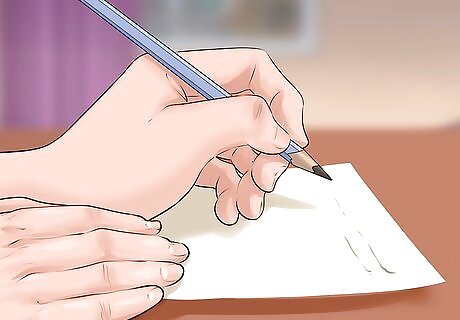
Title the motion. You should put the title beneath the caption. You can title it “Motion to Set Aside Default and Default Judgment” or something similar.
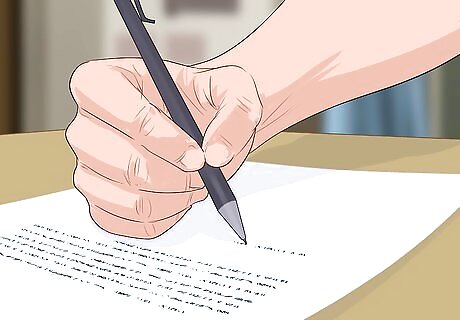
Draft the motion. Generally, you should state the rule of civil procedure that gives the judge the power to set aside a default judgment. You also should briefly summarize why you failed to respond to the lawsuit in time. Remember that your attached declaration will go into more detail. For example, you could write, “The California Code of Civil Procedure gives the court power to relieve a party of a default judgment because of ‘mistake, inadvertence, surprise or excusable neglect.’ Section 473(b). Indeed, the policy of this state is to have every case tried on its merits, and any doubts about granting relief ‘must be resolved in favor of the party seeking relief from default.’ Elston v. City of Turlock (1985) 38 Cal.3d 227, 233. In this case, Defendant did not file a timely response. However, for the reasons stated in the attached Declaration, the court should set aside the default judgment against Defendant.”
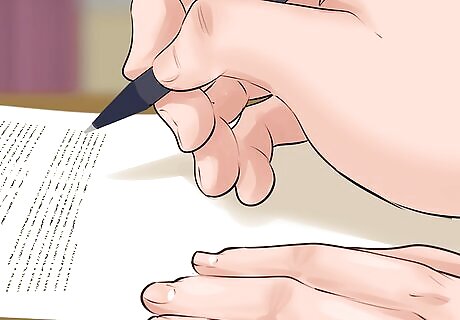
Create a declaration. You must support your motion with a sworn statement explaining why you didn’t respond to the complaint in time. You should create this declaration on a separate page. Title the document “Declaration of Defendant.” The substance of the declaration could state: “I, Michael Jones, declare the following: I am the Defendant in this action. I have personal knowledge of the matters discussed and, if called as a witness, could testify to them. I did not file a timely response to the complaint in this action for the following reasons…” Then give your reasons, such as “I entered the hospital the date the lawsuit was filed for surgery to have my appendix removed. Unfortunately, I contracted a bacterial infection and had to remain in the hospital for several weeks after the surgery. By the time I returned home, the deadline for responding to the lawsuit had passed.” Sign the declaration under penalty of perjury: “I declare under penalty of perjury under the laws of the State of California that the foregoing is true and correct.” Add the date and your signature.
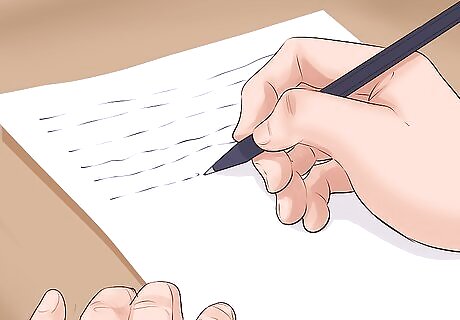
Draft your response to the complaint. Had you responded to the complaint in time, you would have filed a responsive pleading, typically an “answer.” In an answer, you admit, deny, or claim insufficient knowledge to admit or deny each allegation made in the plaintiff’s complaint. You probably have to file a responsive pleading (like the answer) along with your motion because the judge won’t give you relief from the default judgment unless you can show that your defense has merit. In your answer, you could also raise affirmative defenses. For example, the plaintiff might have filed the lawsuit in the wrong court, or they might have waited too long after the incident to bring a lawsuit. Be sure to include affirmative defenses, since they show the judge that your defense has merit. See Answer a Civil Court Summons for drafting a proper responsive pleading.
Filing Your Response
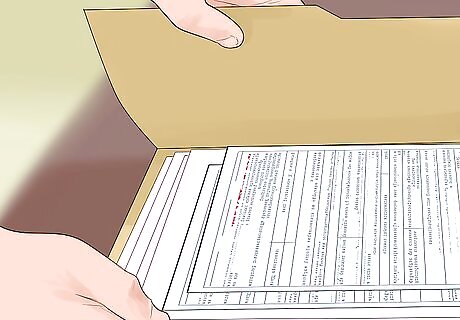
Assemble your packet. Pull together all of your documents and put them in order. You will probably have the following documents to assemble: your motion your affidavit or declaration any supporting documents as exhibits your responsive pleading (such as your answer)

Make copies. Make several copies of the complete packet. You should keep one copy for your records. You will also have to send a copy to the plaintiff. The court might also require that you file multiple copies. You should contact the court clerk and ask.
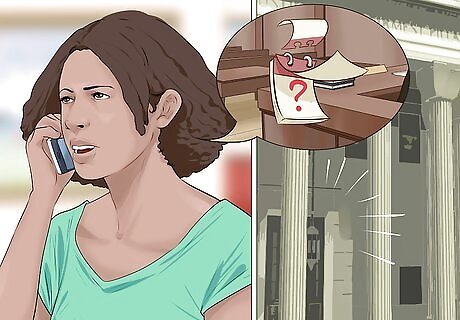
Schedule a hearing. You also need to schedule a hearing with the court to get relief from the default judgment. Each court schedules hearings a little differently. In some courts, you can go online and find the judge’s calendar. You then select a date and time when motions are held. In other courts, however, the clerk will schedule the hearing date. Remember that you must follow your Rules of Civil Procedure and give sufficient notice to the other side. For example, in California state court, you must file the motion at least 16 court days before the hearing. Court days are Monday through Friday, excluding holidays. Don’t schedule your hearing too soon. If you are serving a copy of your motion by mail, then you need to add on five additional days for it to arrive. This means that your hearing must be at least 21 days from when you filed and mailed out your copy of the motion.
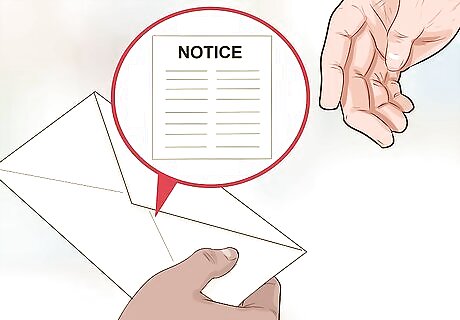
Serve a copy of your motion on the plaintiff. You cannot make service yourself. Instead, you must have someone 18 or older, who is not a party to the lawsuit, make service. This person could be the sheriff, a private process server, or a private citizen. Remember to serve the copy on the plaintiff’s attorney if the plaintiff has one. In some courts, the server will have to complete a Proof of Service or Affidavit of Service form. You can get this form from the court. Have the server complete it and then return it to you. Attach the signed Proof of Service to the original copy of your motion that you file with the court. Keep a copy for your records.
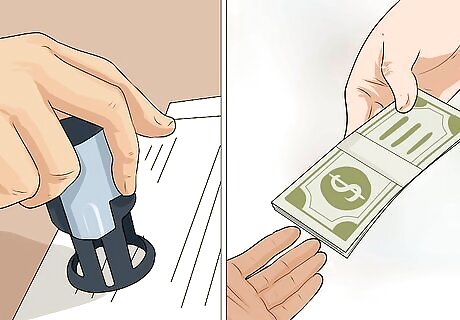
File the motion. Take your copies and the original to the court clerk and ask to file. The clerk can stamp your copies with the filing date. In some courts, you need to file copies with the original, so check with the court clerk ahead of time so that you can bring a sufficient number. You probably have to pay a filing fee. The amount of the fee will differ, depending on the court. Ask the court clerk ahead of time for the amount of the fee. If you can’t afford the fee, then ask the court clerk for a fee waiver form and complete it.
Arguing Your Motion in Court

Prepare for your hearing. You can prepare for the hearing by reading all of the papers filed in the lawsuit, including the complaint and your motion to set aside the default judgment. After filing your motion, the plaintiff might have filed a response, which should be served on you. You can also sit in on a court hearing. Check the judge’s calendar to find a day and time when he or she holds hearings on motions. You can sit in the back and take notes. Pay attention to how much time the judge gives each side to talk and whether the judge asks questions.
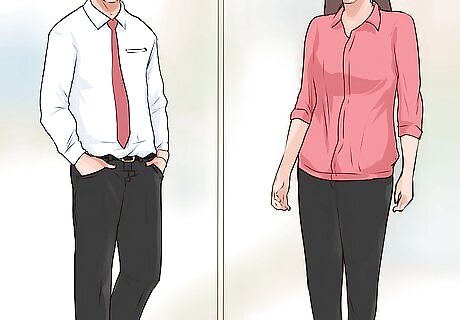
Dress appropriately. The judge has probably never seen you before since this is the first time you have responded to the lawsuit. Accordingly, you want to make an excellent impression. If you dress in messy clothes, then you signal to the judge that you are careless and probably not deserving of having the default judgment set aside. Court is conservative and judges expect conservative dress. Men should wear a suit or dress pants with a button-up shirt and tie. Tuck the shirt in. Also wear dress shoes (not sneakers) with dark-colored socks. Women can wear skirt or pant suits. Women can also wear conservative dresses. Make sure clothing is not too tight or revealing. If you could wear something to a club, then it isn’t appropriate for court. Both men and women should avoid blue jeans, sweat pants, flip flops, shorts, flashy or loud jewelry, and hats.

Make your argument to the judge. You should have outlined the key points you want to make. With this motion, the judge is most interested in hearing why you didn’t respond to the lawsuit in time and whether or not your defense to the lawsuit has merit. Speak slowly yet loudly. Sometimes, when people get nervous, they lose their voice. Speak so that the judge can hear you. If the judge asks questions, then listen quietly. Don’t interrupt or try to talk over the judge. Always call the judge, “Your Honor.” You can refer to the other side as “the plaintiff.”
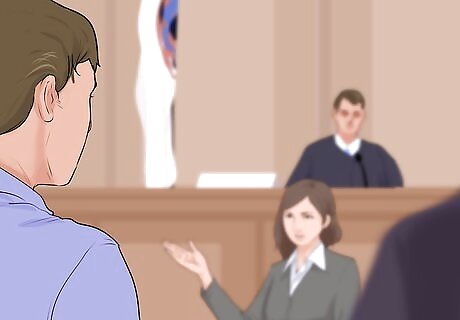
Listen to the plaintiff. The plaintiff will have a chance to speak as well. You should listen quietly. It would be very rude to interrupt or to raise your hand as the plaintiff is speaking. Instead, write down anything the Plaintiff says that you disagree with or think is wrong. When the plaintiff is done speaking, then ask the judge if you can respond.

Wait for the ruling. The judge should issue the ruling after hearing argument. However, sometimes judges need to take issues under consideration. In that situation, the judge will issue an order at a later date. If you win, then the case should start back up. If you did not have to file a responsive pleading with your motion, then you must be sure to do so, otherwise you might be defaulted again.




















Comments
0 comment